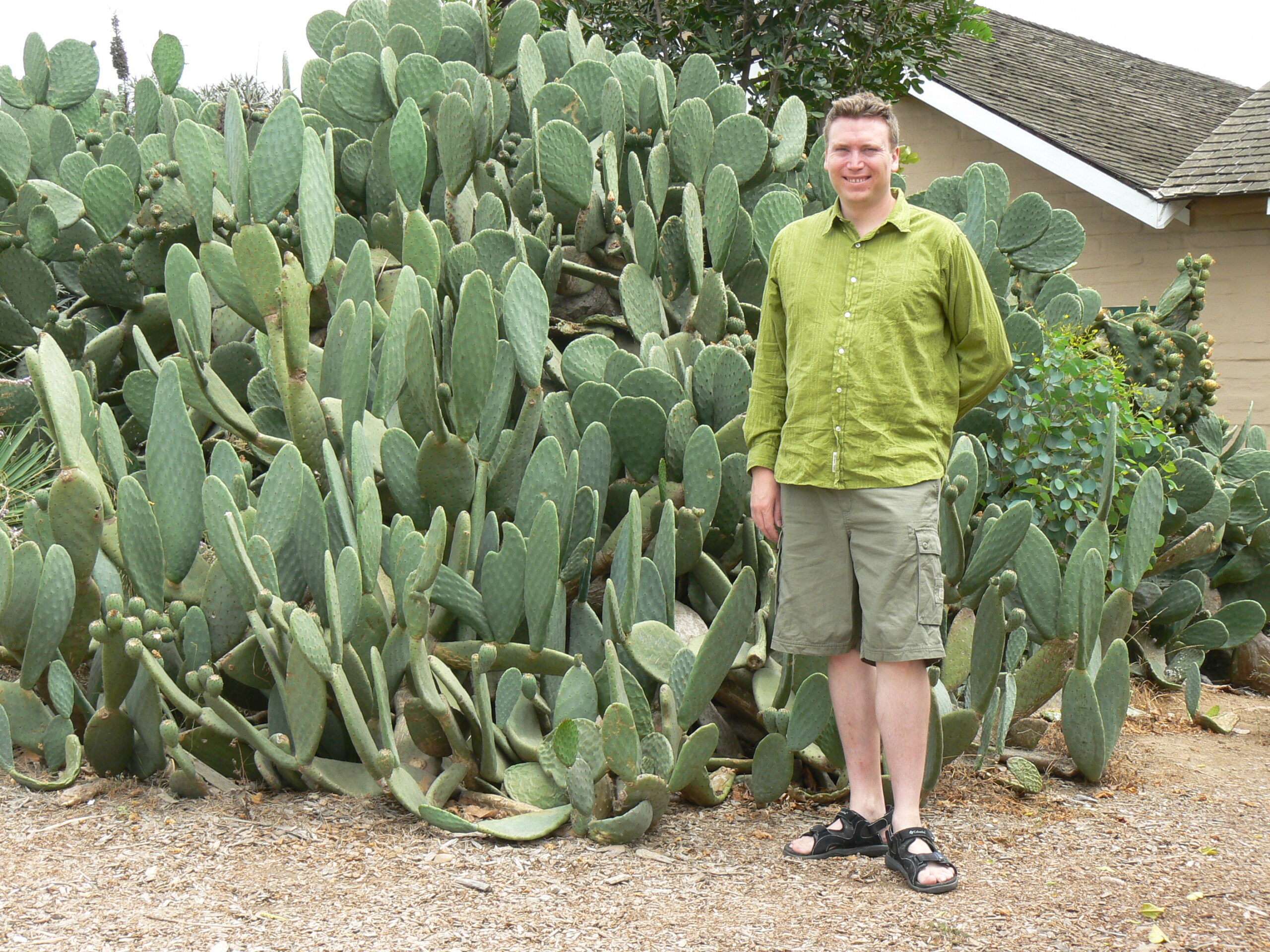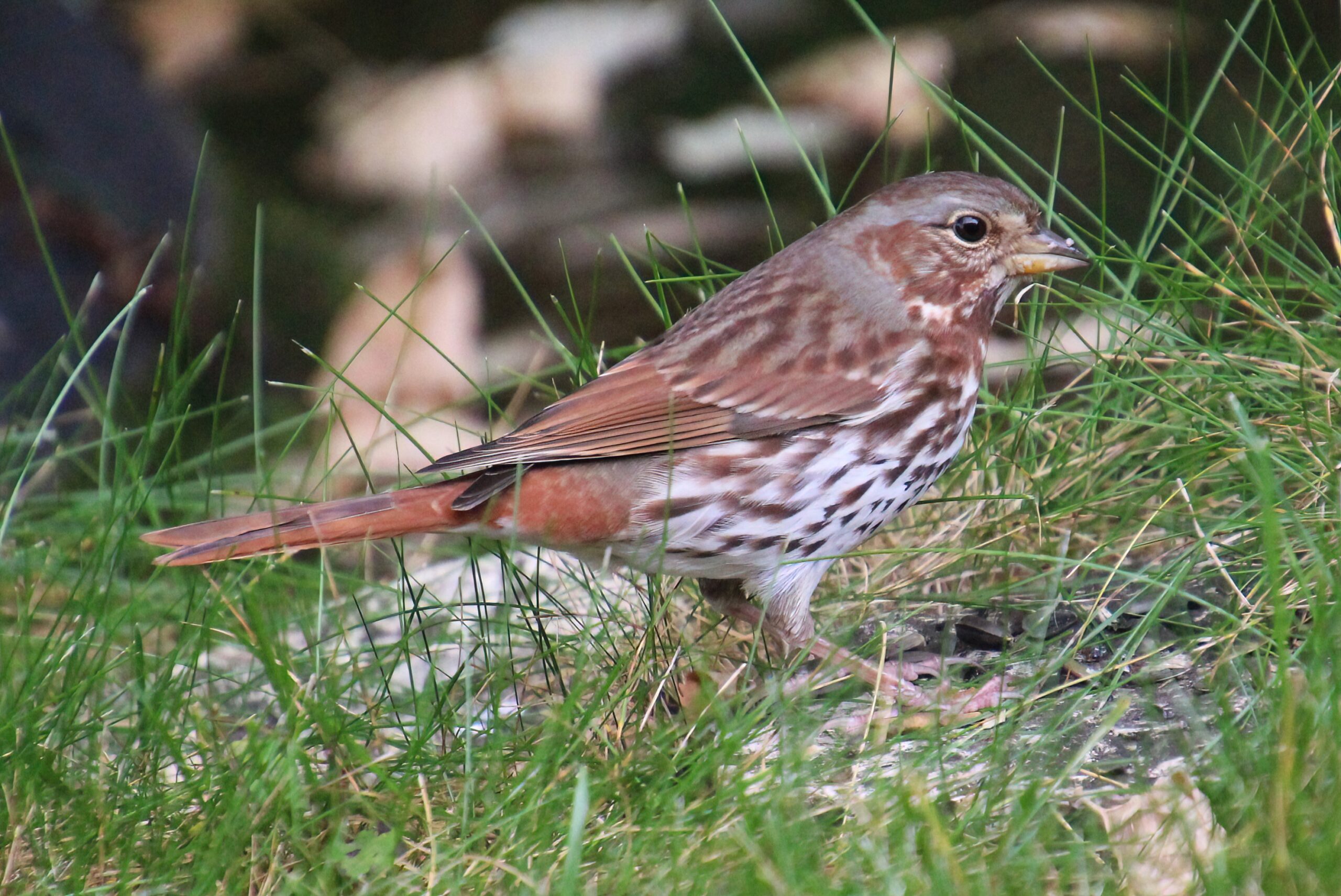Gardening in the long days of summer can be both fun and rewarding. With most of the garden already planted, it is time to relax a bit and enjoy the fruits of your labor. We sat down with Tricia Ingram of Cobblestone Garden Centre to talk about increasing yields and beauty in your backyard during the summer months.
Q: What are the most important things to know about gardening at this time of year?
With such long days and typically warm, breezy weather in the southern Alberta area, making sure your plants and lawn are adequately watered is definitely a priority. Good watering practices result in healthier, more attractive plants with less bugs, less weeds, and ultimately less maintenance.
Q: How much water is enough?
Gardeners are concerned with hot, dry weather teamed with water restrictions imposed by several municipalities. On the one hand, homeowners want to ensure the health and vigor of their plantings; on the other hand, they also want to help conserve water as part of a growing awareness that we need to protect our natural resources. The answer to the dilemma is actually quite simple. It is possible to have both a healthy yard and to conserve water. The key is learning how to water properly; typically you need to divide your watering requirements into 3 different categories: annual/ perennial/ vegetable gardens, trees and shrubs, and lawns. As a general rule of thumb, mature trees require 8 inches of water per week, a healthy lawn requires 1 inch of water per week, and most flowerbeds require 4-6 inches of water per week.
Q: How do I measure how much water I am applying?
It depends upon your method of watering. If you are using a sprinkler, a good way to gauge how much water you are actually applying is to set a measuring container in the area you are watering. A Frisbee flipped upside down on the lawn holds approximately 1 inch of water. When it is full, your lawn has received enough moisture; there is no need to apply any more water.
If you use soaker hoses (in your flowerbeds, for example), sink a plastic cup into the bed alongside your plants. When the cup is full, the bed has been adequately watered.
When it comes to watering trees and shrubs, take some extra garden soil and build a berm around the tree that is 4-5 inches high and at the same distance from the trunk as the outermost leaves. Fill the berm with water, let it soak in, and repeat. After the tree has absorbed this amount of water, it has been thoroughly watered.
With the proper knowledge and a bit of preparation, watering properly helps to maximize both plant health and water conservation.
Q: My trees and shrubs seem to be dripping sap from the leaves and I notice ants continually going up and down the tree bark. What can I do about it?
Chances are that aphids have set up camp in your plants. When they feed on the sap from the plant leaves, they exude a substance commonly referred to as honeydew; ants love this sugary liquid. As a result, ant colonies will often surround and protect aphids (from predators such as spiders) in order to ensure their honeydew supply.
The control of aphids and the resulting ants is quite simple. The application of carbaryl (i.e. brand name Sevin) via a pump or hose end sprayer over the entire surface of the foliage and bark will eradicate both insects. For best results, try to spray when the temperature is between 12-20 degrees Celsius: the exoskeletons of the bugs will be open (allowing the insecticide to fully penetrate and have maximum effect) and the leaves of the plants will be sturdy enough to withstand the coating with foreign material. Be sure to give your plants a thorough watering after applying any pesticide; it helps to replenish any moisture lost through accelerated transpiration.
Q: How much should I be fertilizing my garden in the summer?
All of your plants need adequate nutrition during the growing season. Whether you have annuals, perennials, bulbs, trees, or shrubs, the summer is an essential time for fertilizing. As a general rule of thumb, try to feed your plants in the early morning or early evening (when the temperature is below 24 degrees Celsius); the plants will absorb the nutrients slowly and thoroughly, avoiding burning. It is also important to pick fertilizers that contain chelated micronutrients (i.e. iron, magnesium, calcium, and boron); these trace elements help to ensure strong cell walls and proper biological process.
Vegetables: With your veggie garden growing already, now is the time to switch to a higher phosphorous and potash – composition fertilizer such as 10-20-20. The higher levels of these fertilizer components will help to increase the yield and health of your growing tomatoes, strawberries, etc. Use either as a granular once every three weeks or as a water- soluble once every two weeks.
Flower Gardens: A well-balanced fertilizer such as 20-20-20 applied in water-soluble formulation once every 7 – 14 days will help to promote the health and beauty of all annuals and perennials. Fertilize your annuals right up to fall frost; stop fertilizing perennials in August to help them harden off for winter.
Trees & Shrubs: Depending upon the type of plant, your fertilizer requirements for woody ornamentals will vary. If your trees or shrubs are newly planted this year, regardless of whether they are deciduous (i.e. have leaves) or coniferous (i.e. have needles), you should be fertilizing every two weeks with a high phosphorous fertilizer (i.e. 10-52-10 in water-soluble form). It is also a good idea to apply bone meal as a top dressing to any new transplants.
For trees and shrubs that are established, fertilize deciduous plants with a well-balanced fertilizer such as 20-20-20 or 10-10-10; apply once a month for granular forms and once every two weeks for water-soluble forms. Fertilize evergreens with a high nitrogen fertilizer such as 30-10-10 or 10-5-5; apply once a month for granular forms and once every two weeks for water-soluble forms.
As with the perennials, it is important to stop fertilizing your trees & shrubs at the beginning of August in order to allow the plants to harden off (i.e. stop growing and begin to go dormant) for the cold days of winter.
Q: My lawn seems to be dying off: it is getting brown spots. How do I correct it?
A browning lawn in the heat of summer is not usually a sign of a dying lawn. The more likely explanation is that the grass is going dormant due to a lack of water. You can either allow the lawn to completely harden off (i.e. turn brown) by watering as little as once a month, or you can bring your lawn back to life by increasing your watering to once per week (watering deeply as discussed above). It is also a good idea to spread an inch of topsoil over the affected areas and to overseed with a high-fescue grass seed mixture. Apply a non-burning lawn fertilizer over the surface of the entire lawn once the new seed has established.
Q: Any final tips for success in our gardens this summer?
The most essential part of gardening is having fun. Creating and maintaining a gorgeous yard can be an enjoyable pastime for outdoor enthusiasts at any age. Pop by your local garden centre for tips and inspiration on creating your dream garden!






